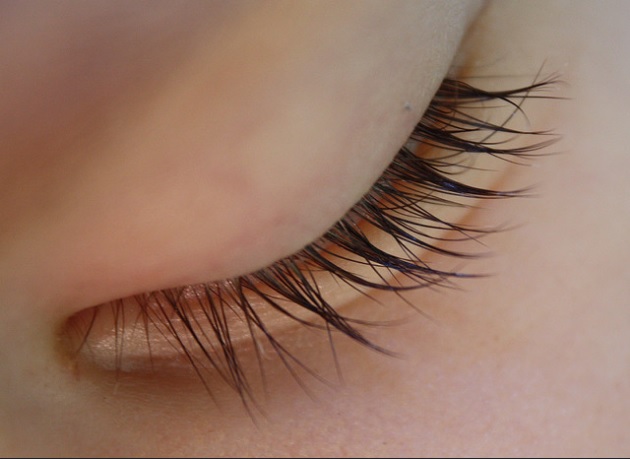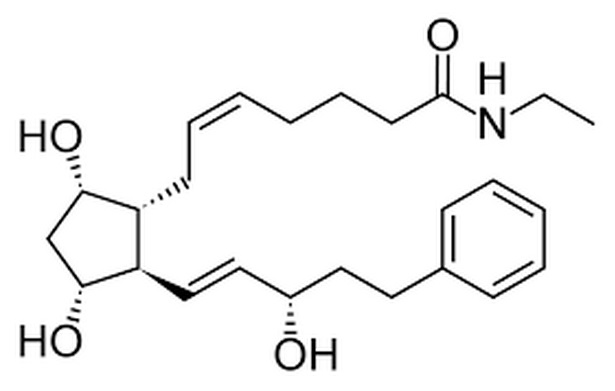Will Bimatoprost Replace Rogaine
What is Bimatoprost? :Bimatoprost is a prostaglandin analog/prodrug initially developed for the treatment of ocular hypertension and glaucoma, under the brand name Lumigan. With the use of Lumigan, people began to notice their eyelashes thicken and lengthen dramatically. Allergan followed up on that convenient side effect and got bimatoprost approved by the FDA in December of 2008 for use as a cosmetic. Under the recognizable brand name, Latisse, this prostglandin drug has been a popular product for promoting eyelash growth. And for users of Lumigan, this favorable cosmetic outcome is still listed as a side effect.

How Does Bimatoprost Grow Hair?
It has been found that certain prostaglandins promote hair growth and, more recently found, that certain others cause hair loss. Latisse thickens and lengthens the eyelashes by using two known hair-growing prostaglandins called PGE2 and PGF2. In theory, if this drug works on the eyelashes (and can even grow hair on the cheeks—listed as a side effect in the event of misapplication), it should have the same effect as a hair loss treatment for the scalp. Thus, those poor withered hairs that have been miniaturized by DHT can grow thick and strong again and restore density to a balding scalp.
Bimatoprost has been spotlighted even more so recently, with new studies involving genetic scalp tissue analysis. These studies have revealed that the prostaglandin PGD2 is found in higher amounts in the places where pattern baldness manifests and becomes prominent. Which leads us to a new conclusion—DHT isn’t the only culprit causing baldness. Perhaps a drug combating PGD2, in combination with the hair growth properties of PGE2 and PGF2 will be the hair loss cure we’ve been searching for. Or, perhaps just bimatoprost will be enough.
As of now, there is no telling. Allergan is in clinical testing to get their product FDA approved for wider application over the scalp. Most of the known side effects currently pertain to ocular usage with Lumigan or Latisse, and include:
- Eyelid redness
- Blurred vision
- Darkening of the iris
- Eye discomfort
- Hyperpigmentation in the area of use
- Optic nerve damage or blindness with over-use
The only one of these that might conceivably affect the scalp is hyperpigmentation. But this is merely speculation. No one will know if bimatoprost might replace Rogaine until the clinical trials are through, and the FDA hammers down its all-decisive gavel.

